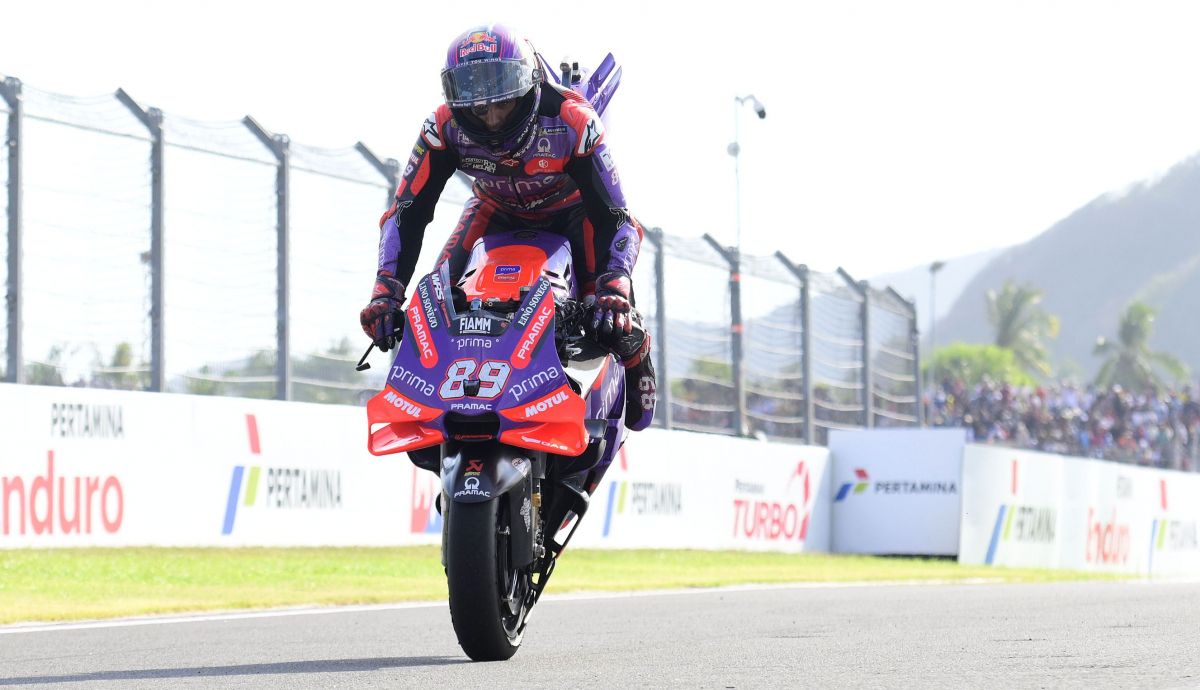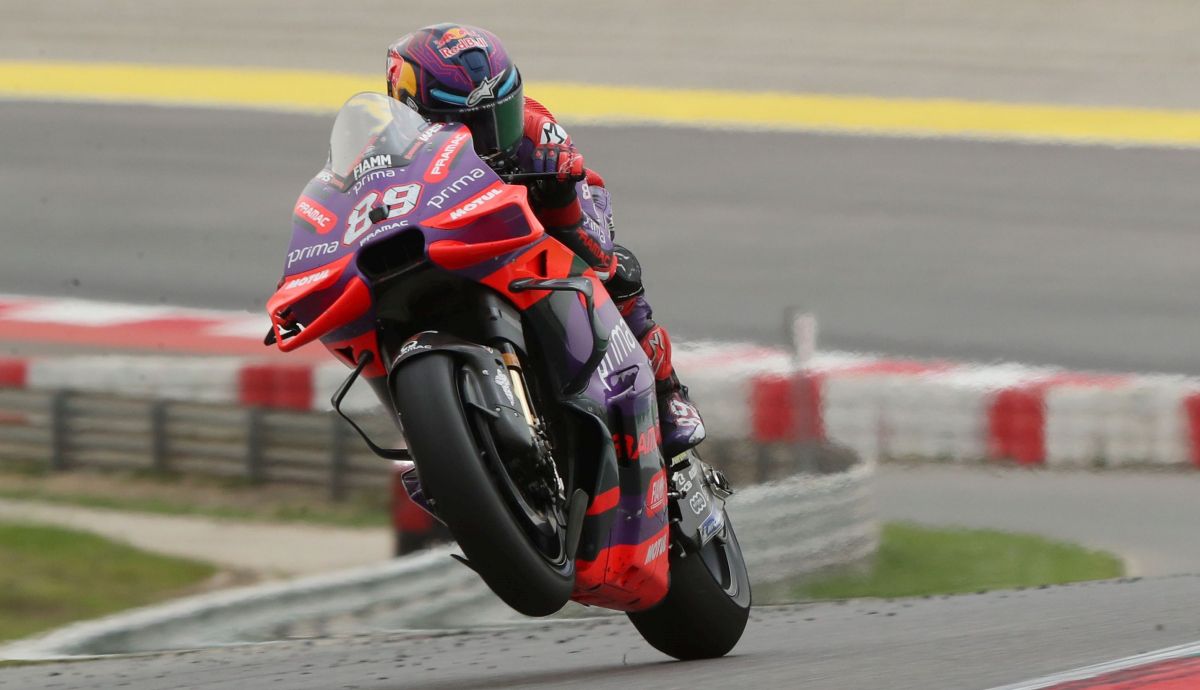MOTO GP

Spaniard Jorge Martín has been crowned 2024 MotoGP world champion, achieving Ducati's fourth title in the premier class, Pramac Racing's first and the first for an independent team in the MotoGP era.
With his second world title - after the one he won in Moto3 2018 also in Malaysia - Martín becomes the fifth Spanish rider to reach the pinnacle of motorcycling after Álex Crivillé, Jorge Lorenzo, Marc Márquez and Joan Mir; being the first rider in history to achieve this after having won the MotoGP Rookies Cup.
Runner-up last year in 2023 after establishing himself as the best in the recently implemented Sprint, Martín started the year as the main 'outsider' to dethrone Pecco Bagnaia, who had managed to successfully defend the crown.
The start was really good, since in Losail he managed to win the Sprint and finish third in Bagnaia's victory in the race; He turned those results around in Portimao by completing the podium on Saturday and climbing to the top the next day to take the lead in the standings.

Ghosts that he had chased away at Le Mans with a fantastic double, but which began to return when Bagnaia linked together four consecutive victories while he finished second in Catalunya (after being fourth in the Sprint), third in Mugello (after a zero on Saturday), second again in Assen (also in the Sprint) and, above all, with the fall in Sachsenring when he was heading for another double and which cost him the lead against Bagnaia. He started his tactic of amassing points there and began to add 29 points at a time, by chaining three Grand Prix with second places on both Saturday and Sunday: at Silverstone he regained the lead after finishing behind Enea Bastianini, at Red Bull Ring he lost it again to an unstoppable Bagnaia and at Motorland he attacked it again in Marc Márquez's return to victory.
He lost a large part of his advantage in the first pass through Misano, where after winning on Saturday he crashed on Sunday and finished 15th in another victory for Márquez, but he returned to the plan of 29 points in the Emilia-Romagna event, where only Bastianini could beat him, to extend his advantage.

In Mandalika he again tasted the sweetness of victory in the race after having left empty-handed in the Sprint; in Motegi he minimised the blow dealt by Bagnaia in the form of a double by managing to be second in the race after finishing fourth in the Sprint; and at Phillip Island he bagged another huge haul of 32 points by winning on Saturday and only succumbing to Marc Márquez on Sunday.
With solidity as his banner, he closed the Chang round with two second places to hold off Bagnaia, whose fall in the Sepang Sprint gave the Madrid native his first chance at the title. The Italian saved it with his tenth Sunday win, but Jorge Martín's second position allowed him to arrive with a large cushion at the Barcelona Solidarity GP, where he has mathematically sealed the 2024 MotoGP title in the last race of the year.
Swinxy












.jpg)
.jpg)
